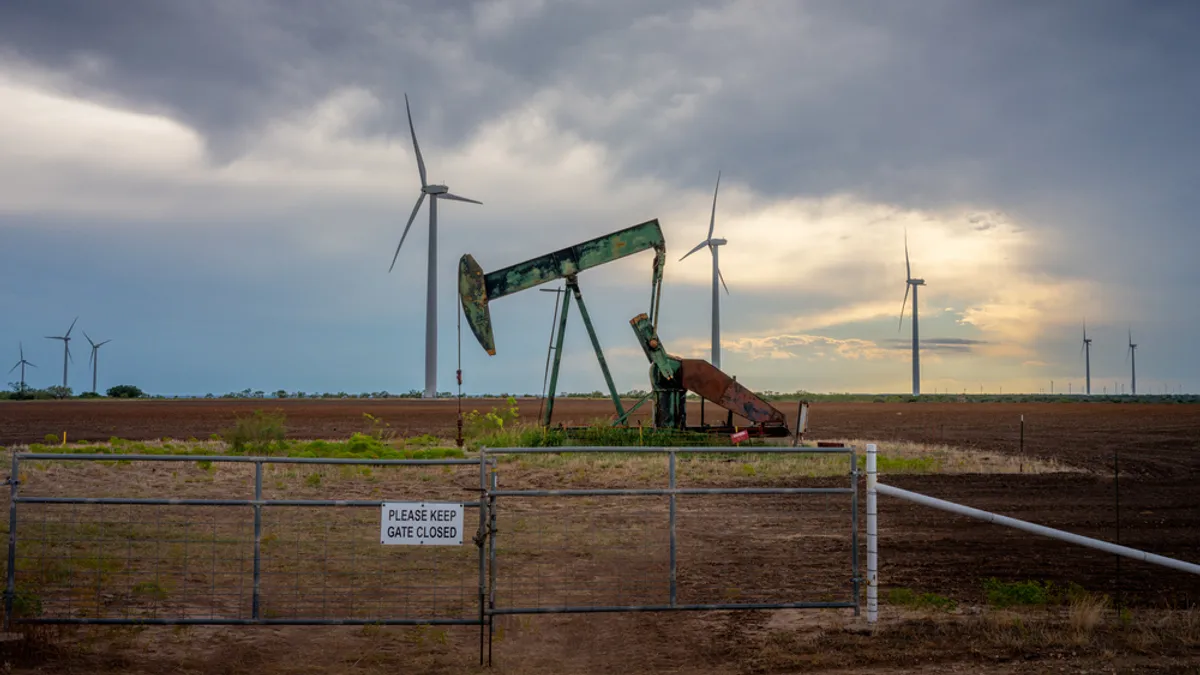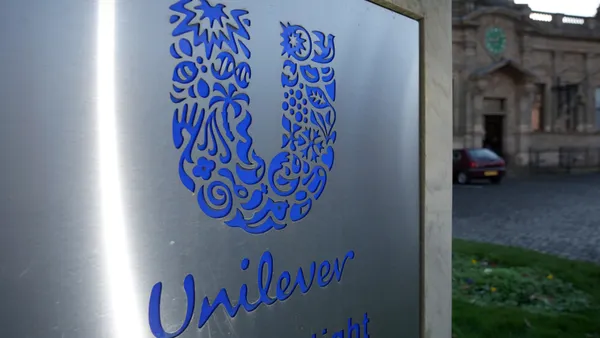Dive Brief:
- HSBC announced an updated net-zero transition strategy last week, which included watered-down sector-specific 2030 targets for energy-intensive sectors including the oil and gas, power and utilities, automotive and aviation industries.
- The London-based bank said in its revised updated plan, released Nov. 6, that it was introducing a range of goals for those sectors, in line with updated International Energy Agency projections about the world’s net-zero trajectory. HSBC also pared back financed emissions goals for the oil and gas sector and changed the methodology being used to measure the carbon footprint of its power and utilities portfolio.
- HSBC issued its first net-zero transition plan in January 2024, with goals to reach net-zero across its operations and supply chain by 2030 and net-zero across its financing portfolio by 2050. The bank delayed its operational and supply chain target to 2050 earlier this year.
Dive Insight:
HSBC’s new net-zero strategy comes in a year where — in addition to delaying its net-zero goal — the company has shifted leadership of its sustainability program and departed the United Nations-aligned Net-Zero Banking Alliance, which has since ceased its membership-based model.
The bank said it had modeled its first transition plan on the IEA’s 2021 net-zero scenario, but the global transition “has progressed at an inconsistent pace.” Its latest transition plan based the newly-created lower bounds of its interim targets in line with IEA’s updated 1.5 degrees Celsius pathway, while the upper bounds are in line with IEA’s 2024 scenario where governments meet all of their pledges and commitments — in line with 1.7 degrees Celsius warming.
“Global decarbonization is falling behind the pace required to limit warming to 1.5°C and climate-related risks —compounded by nature loss — have risen, making the role of providing finance to help support customers’ transitions more important than ever,” HSBC Group CEO Georges Elhedery said in the plan’s foreword.
The bank’s initial net-zero plan set 2030 targets for a 34% reduction of on-balance sheet financed emissions from HSBC’s oil and gas portfolio and 77% for its power and utilities portfolio, based on 2019 baselines.
The updated transition plan calls for a 14-30% reduction in financed emissions from the oil and gas sector and replaces the power and utilities target from an emissions percentage reduction target to one focused on the portfolio’s carbon intensity. Now the bank will look to reduce the tons of carbon dioxide equivalent per gigawatt hour in financed emissions by 195-270 tons of carbon dioxide equivalent per gigawatt hour before the end of the decade, compared to a 2023 baseline.
HSBC maintained its interim targets to phase out thermal coal and mining financing in the European Union and Organization for Economic Cooperation and Development member-countries by 2030, with phaseouts in the rest of the world to follow by 2040.
HSBC, which also has a goal to provide $750 billion to $1 trillion in sustainable finance and investment by the end of the decade, said in the report it has provided and facilitated $447.7 billion towards that target as of mid-2025. That included $54.1 billion in sustainable financing for the first half of 2025, which Elhedery said was a 19% year-over-year increase.










